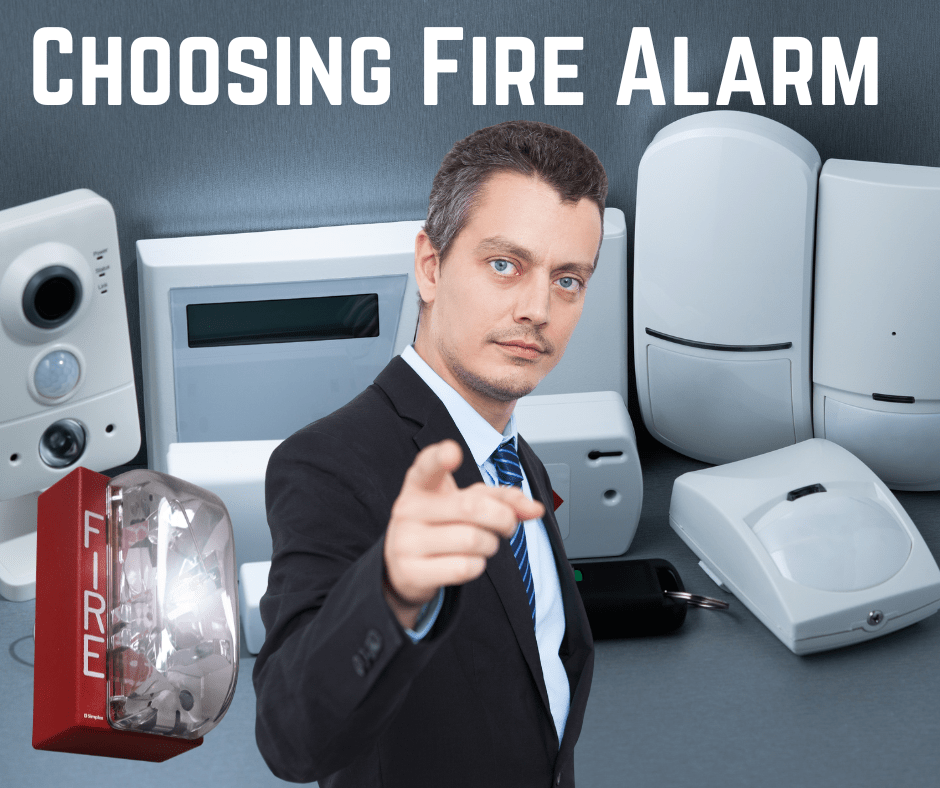The Importance of Fire Safety in Buildings
Choosing Fire Alarm:Imagine a sudden, unexpected fire breaking out in a building where hundreds of people work, live, or visit daily. The panic, the chaos, and the potential for catastrophic loss of life and property are daunting. Fire safety is not just a regulatory requirement; it is a crucial aspect of protecting human lives and valuable assets. The right fire alarm system can mean the difference between a minor incident and a major disaster.
Thesis Statement
In this post, we will explore the critical factors involved in choosing the right fire alarm system for your building. We will discuss the different types of fire alarm systems available, assess the specific needs of various building types, and highlight key features to look for. Additionally, we will provide recommendations for the best fire alarm systems on the market, ensuring you have all the information necessary to make an informed decision.
Importance of Choosing the Right Fire Alarm System
Choosing the right fire alarm system is a vital decision for any building owner or manager. The primary purpose of a fire alarm system is to detect and alert occupants to the presence of fire, allowing for a timely and orderly evacuation. However, not all fire alarm systems are created equal. The effectiveness of a fire alarm system depends on various factors, including the type of detectors used, the system’s integration with other safety features, and its ability to function under different conditions.
An appropriately chosen fire alarm system can:
- Save Lives: Early detection and alarm allow occupants to evacuate quickly, reducing the risk of injury or death.
- Protect Property: By alerting emergency services promptly, fire alarm systems can help minimize property damage.
- Ensure Compliance: Adhering to local and national fire safety regulations is essential for legal and insurance purposes.
- Provide Peace of Mind: Knowing that a reliable fire alarm system is in place reassures building occupants and owners alike.
As we delve deeper into this topic, you’ll gain insights into how to evaluate and select the best fire alarm system tailored to your building’s unique requirements, ensuring safety and compliance while optimizing cost and efficiency.
Understanding Fire Alarm Systems
Definition and Purpose
A fire alarm system is a network of devices designed to detect and alert building occupants to the presence of fire or smoke. The primary purpose of a fire alarm system is to provide early warning, allowing for safe evacuation and timely intervention by emergency services. These systems are essential for safeguarding human lives and protecting property from the devastating effects of fire.
Components of a Fire Alarm System
A comprehensive fire alarm system comprises several key components, each playing a crucial role in detecting fire and alerting occupants:
- Control Panel: The brain of the fire alarm system, the control panel monitors inputs from detection devices and activates alarms. It displays system status, manages notifications, and controls other connected devices.
- Smoke Detectors: These devices sense smoke particles in the air. There are two main types: ionization smoke detectors, which are more responsive to flaming fires, and photoelectric smoke detectors, which are better at detecting smoldering fires.
- Heat Detectors: Heat detectors respond to changes in temperature. They are ideal for areas where smoke detectors might cause false alarms, such as kitchens or garages.
- Manual Call Points: Also known as pull stations, these devices allow occupants to manually trigger the fire alarm system in case of a fire. They are typically located at exits and in common areas.
- Alarm Sounders/Bells: These devices emit loud sounds to alert occupants of a fire. They may also include visual signals, such as flashing lights, to ensure everyone, including those with hearing impairments, is alerted.
- Emergency Lighting: Emergency lighting systems illuminate exit routes during a fire, ensuring safe evacuation even if the main power supply is disrupted.
Types of Fire Alarm Systems
There are various types of fire alarm systems, each suited to different building requirements and complexities. Understanding these types is crucial for choosing the most appropriate system for your building.
- Conventional Fire Alarm SystemsConventional fire alarm systems divide the building into multiple zones, each with its own set of detectors and call points. When a detector or call point is triggered, the control panel identifies the zone where the alarm originated, allowing responders to locate the fire more easily. These systems are cost-effective for small to medium-sized buildings but can become less efficient in larger or more complex structures.
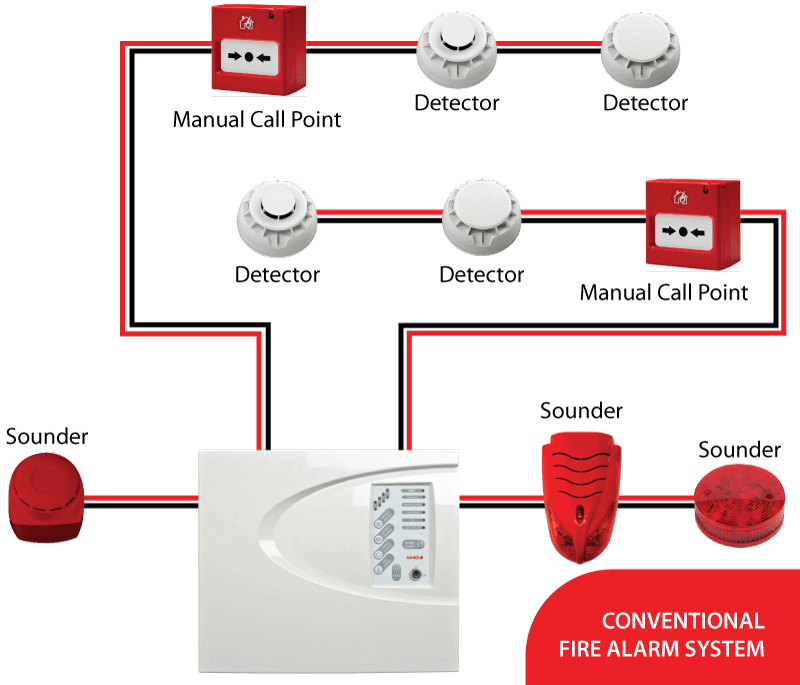
- Addressable Fire Alarm SystemsAddressable fire alarm systems assign a unique address to each device (detector, call point, etc.). This allows the control panel to pinpoint the exact location of an alarm, providing precise information and facilitating quicker response times. Addressable systems are highly reliable and scalable, making them ideal for large buildings and complex installations..
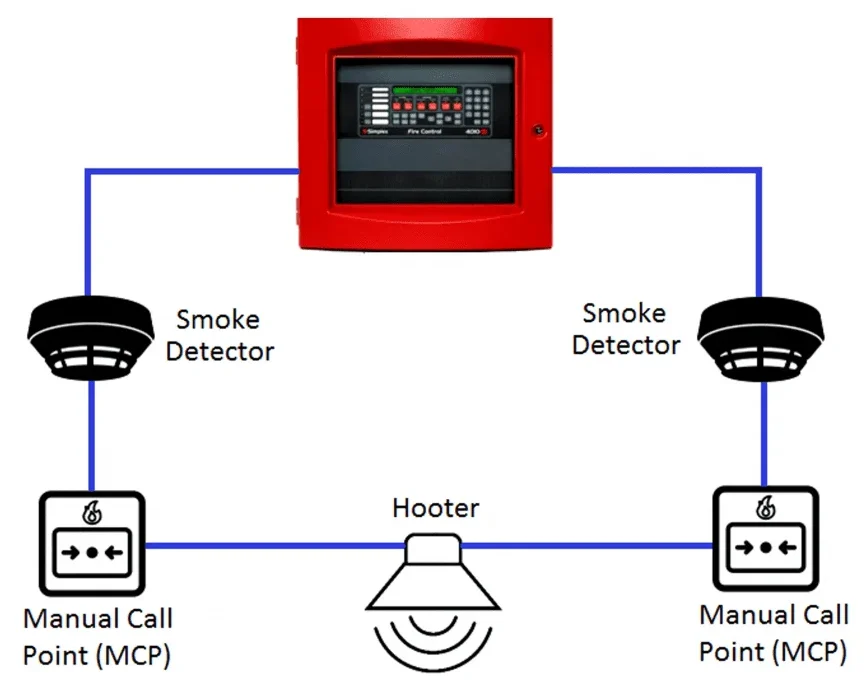
- Wireless Fire Alarm SystemsWireless fire alarm systems use radio signals to connect detectors, call points, and alarms to the control panel, eliminating the need for extensive wiring. These systems are quick to install and are ideal for buildings where wiring is impractical or aesthetically undesirable. They offer flexibility and ease of expansion but may require regular maintenance to ensure battery life and signal integrity.
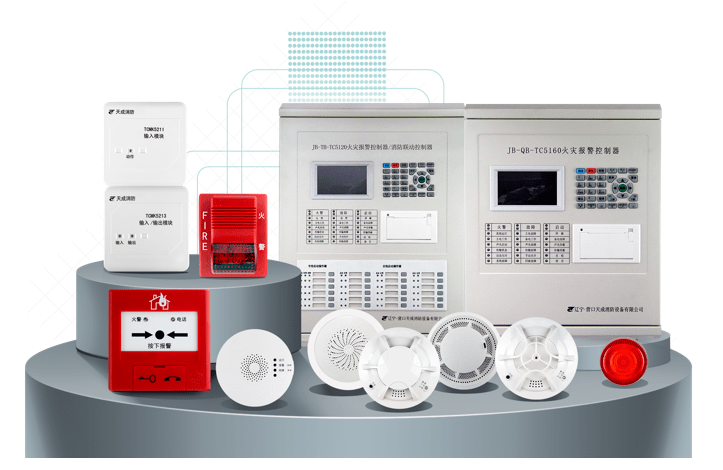
- Hybrid Fire Alarm SystemsHybrid fire alarm systems combine wired and wireless technologies, offering the best of both worlds. They provide the reliability of wired systems with the flexibility of wireless installations. Hybrid systems are suitable for buildings with varying installation requirements, allowing for customized solutions that can adapt to different parts of the structure.
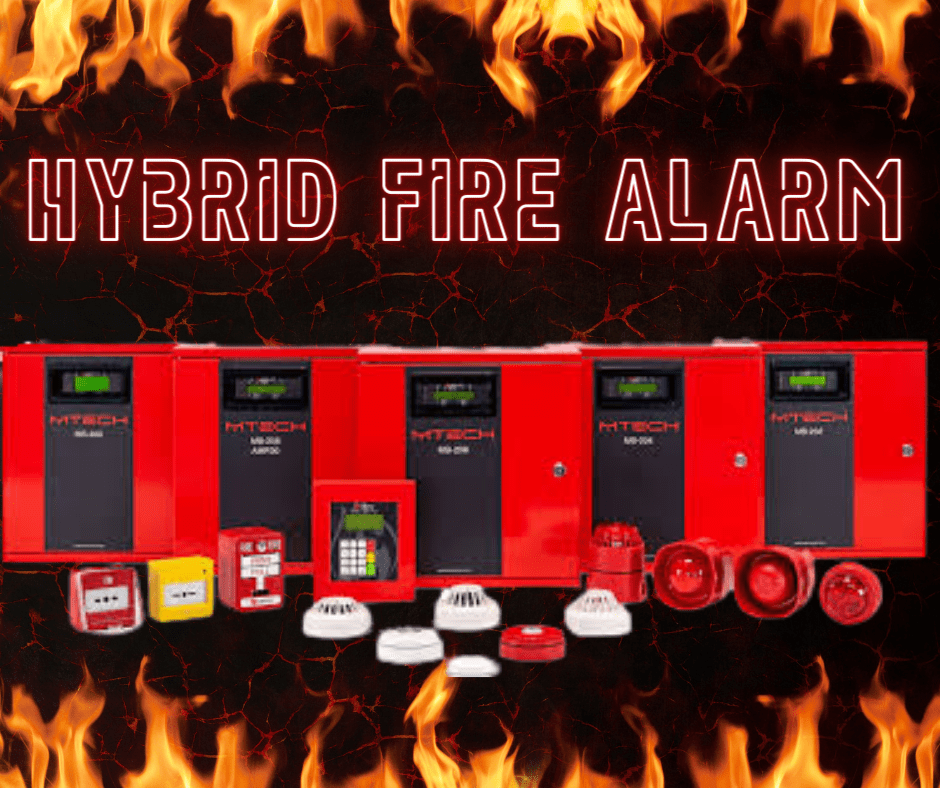
Understanding these components and types of fire alarm systems is the first step in choosing the right system for your building. Each type has its strengths and is suited to specific environments, so careful consideration is essential to ensure optimal safety and functionality.
Assessing Your Building’s Needs
Choosing the right fire alarm system for your building begins with a thorough assessment of the building’s specific needs. This assessment involves considering various factors, including the size and layout of the building, the type and load of occupancy, and any specific risks and hazards associated with the building’s use and design.
Building Size and Layout
The size and layout of your building are critical in determining the type and configuration of the fire alarm system needed.
- Small Buildings: Smaller buildings, such as single-story offices or retail stores, may benefit from conventional fire alarm systems that divide the space into a few manageable zones.
- Large or Multi-Story Buildings: Larger buildings or those with multiple floors require more sophisticated systems, such as addressable or hybrid fire alarm systems, which can pinpoint the exact location of an alarm.
- Complex Layouts: Buildings with complex layouts, such as hospitals or universities, need systems that can integrate seamlessly with other safety features and offer detailed information on alarm locations.
Occupancy Type and Load
The type of occupancy and the number of occupants in the building significantly influence the choice of fire alarm system.
- Residential Buildings: In residential buildings, especially high-rise apartments or condominiums, it’s crucial to have a system that ensures all occupants are alerted quickly and can evacuate safely. Wireless or hybrid systems may be ideal for their ease of installation in existing structures.
- Commercial Buildings: Office buildings and commercial spaces need systems that can cover large areas and multiple zones efficiently. Addressable systems are often preferred for their precision and scalability.
- Public Buildings: Buildings like schools, hospitals, and theaters, which have high occupant loads and diverse uses, require robust systems that can handle frequent use and provide clear, reliable alerts.
Specific Risks and Hazards
Different buildings present unique risks and hazards that must be addressed when selecting a fire alarm system.
Industrial vs. Residential
- Industrial Buildings: Factories, warehouses, and other industrial settings often have higher fire risks due to the presence of flammable materials and heavy machinery. Heat detectors and multi-sensor systems that can withstand harsh environments are essential. Additionally, integration with other safety systems like sprinklers and gas detection is often necessary.
- Residential Buildings: Residential buildings, while generally lower in fire risk than industrial settings, still need effective detection systems, especially in areas like kitchens where fires are more likely to start. Smoke detectors with ionization and photoelectric sensors are typically recommended.
Historic Buildings
- Historic Buildings: These buildings pose unique challenges due to their age, construction materials, and architectural features. Wireless fire alarm systems are often preferred to avoid the extensive wiring that could damage the building’s structure. Preservation of aesthetics and compliance with preservation standards are also critical considerations.
High-Risk Areas (Kitchens, Laboratories)

- Kitchens: Kitchens in restaurants, hotels, or large residential complexes are high-risk areas for fires. Heat detectors are essential in these environments to reduce false alarms caused by cooking smoke.
- Laboratories: Laboratories, whether in educational institutions or research facilities, handle hazardous materials and require specialized detection systems. Multi-sensor detectors that can identify a range of threats, including chemical fires, are crucial.
Assessing your building’s specific needs is a foundational step in choosing the right fire alarm system. By understanding the unique characteristics and requirements of your building, you can select a system that provides optimal protection and ensures the safety of all occupants.
Cost Considerations
When choosing the right fire alarm system for your building, understanding the cost implications is crucial. The investment involves not only the initial installation costs but also long-term maintenance expenses. Conducting a thorough cost-benefit analysis will help you balance quality and budget, ultimately ensuring that you consider the total cost of ownership.
Initial Installation Costs
The initial installation costs of a fire alarm system can vary widely depending on several factors, including the type of system, the size of the building, and the complexity of the installation.
- System Type: Conventional systems tend to be less expensive upfront compared to addressable systems due to simpler technology and fewer components. Wireless systems can reduce installation costs by eliminating the need for extensive wiring.
- Building Size and Complexity: Larger buildings with multiple zones and complex layouts will require more detectors, call points, and alarm devices, increasing installation costs.
- Labor and Materials: The cost of labor for installing the system and the materials required, such as cabling for wired systems or batteries for wireless systems, contribute significantly to the initial expense.
Long-Term Maintenance Costs
Maintenance is an ongoing requirement for any fire alarm system to ensure it remains operational and effective.
- Regular Testing and Servicing: Fire alarm systems require regular testing and servicing to comply with safety standards and regulations. This includes checking detectors, ensuring batteries are functional, and verifying the integrity of the control panel and notification devices.
- Component Replacement: Over time, components such as detectors and batteries may need replacement. Addressable systems may have higher maintenance costs due to the complexity and number of components.
- Software Updates: For advanced systems, particularly addressable and hybrid systems, regular software updates may be necessary to ensure optimal performance and integration with other building systems.
Cost-Benefit Analysis
Conducting a cost-benefit analysis helps in evaluating whether the benefits of a particular fire alarm system justify the costs.
- Initial vs. Long-Term Costs: While some systems may have higher initial costs, they might offer lower long-term maintenance expenses. For example, wireless systems can save on installation but may incur higher maintenance costs due to battery replacements.
- Benefits: Consider the benefits such as increased safety, reduced risk of false alarms, and integration capabilities. Systems that provide precise detection and quicker response times can minimize potential fire damage and reduce insurance premiums.
Balancing Quality and Budget
Striking a balance between quality and budget is essential to ensure you get a reliable fire alarm system without overspending.
- Quality Assurance: Ensure that the fire alarm system you choose meets all relevant safety standards and regulations. Opting for cheaper, lower-quality systems can be risky and may lead to higher costs in the long run due to frequent repairs or replacements.
- Vendor Comparison: Compare offerings from different vendors. Look for systems that offer the best value for money, combining reliability, advanced features, and affordability.
- Custom Solutions: Consider customized solutions that fit your specific building needs. This approach can often provide better value by focusing on essential features and avoiding unnecessary expenses.
Considering Total Cost of Ownership
The total cost of ownership (TCO) encompasses all costs associated with the fire alarm system over its lifespan.
- Initial Costs: Include the purchase price, installation fees, and any immediate setup costs.
- Maintenance and Operation Costs: Regular maintenance, servicing, component replacements, and any upgrades or updates.
- Lifespan: Consider the expected lifespan of the system. Systems with longer lifespans and lower maintenance needs may offer better TCO despite higher upfront costs.
By taking a holistic approach to cost considerations, you can make an informed decision that balances immediate expenses with long-term value. This ensures that your fire alarm system not only fits your budget but also provides reliable protection and peace of mind for years to come.
Choosing a Reputable Provider
Selecting a reputable provider for your fire alarm system is critical to ensure you receive a reliable and effective system. A good provider will offer quality products, excellent customer service, and ongoing support. Here are the key factors to consider when choosing a fire alarm system provider.
Researching Providers
Begin by conducting thorough research on potential providers. This involves looking into their history, product offerings, and customer feedback.
- Company History: Look for providers with a long-standing presence in the industry. Established companies are more likely to offer reliable products and have the experience needed to support complex installations.
- Product Range: Evaluate the range of products they offer. A provider with a diverse portfolio can cater to various needs, from small residential buildings to large commercial complexes.
Reputation and Reviews
A provider’s reputation and customer reviews can give you insight into their reliability and service quality.
- Customer Testimonials: Read customer testimonials and case studies to understand how the provider has performed in real-world scenarios.
- Online Reviews: Check online reviews on platforms like Google, Yelp, or industry-specific forums. Pay attention to recurring themes, both positive and negative.
- References: Ask the provider for references from previous clients. Speaking directly with other customers can provide valuable insights into the provider’s performance and reliability.
Certifications and Standards Compliance
Ensure that the provider complies with all relevant certifications and standards. This guarantees that their products meet safety and performance criteria.
- Certifications: Look for certifications such as UL (Underwriters Laboratories), FM (Factory Mutual), and LPCB (Loss Prevention Certification Board). These certifications indicate that the products have undergone rigorous testing.
- Standards Compliance: Ensure the provider’s systems comply with national and international fire safety standards, such as NFPA (National Fire Protection Association) standards in the United States or BS EN (British Standards European Norms) in Europe.
After-Sales Support and Service
After-sales support is crucial for maintaining your fire alarm system and ensuring it remains functional.
- Maintenance Contracts: A good provider should offer maintenance contracts that include regular inspections, testing, and servicing of the fire alarm system. This helps in keeping the system in optimal condition.
- Emergency Support Services: Ensure the provider offers 24/7 emergency support services. In the event of a system failure or an emergency, you need to be able to rely on prompt and effective support.
Training and User Education
Proper training and education for building occupants and staff are essential for the effective use and management of the fire alarm system.
Training for Building Occupants
- Evacuation Procedures: The provider should offer training on evacuation procedures, ensuring that all occupants know what to do in case of a fire alarm.
- Use of Manual Call Points: Educate occupants on how to use manual call points to trigger the alarm in case of an emergency.
System Management Training for Staff
- System Operation: The provider should train designated staff members on how to operate the fire alarm control panel, including how to respond to alarms and troubleshoot common issues.
- Maintenance and Testing: Staff should be trained on routine maintenance and testing procedures to ensure the system remains functional and compliant with safety regulations.
By carefully considering these factors, you can choose a reputable provider that offers a reliable fire alarm system, excellent customer support, and thorough training. This ensures that your building is equipped with a system that not only meets regulatory requirements but also provides optimal safety for all occupants.
Top Recommendations for Choosing Fire Alarm system
Choosing the right fire alarm system can be challenging, given the variety of options available. Here, we provide an overview of some of the best fire alarm systems across different categories: conventional, addressable, wireless, and hybrid. These recommendations are based on reliability, features, and user reviews.
Best Conventional Fire Alarm Systems
Product 1: Honeywell Securitron Conventional Fire Alarm System
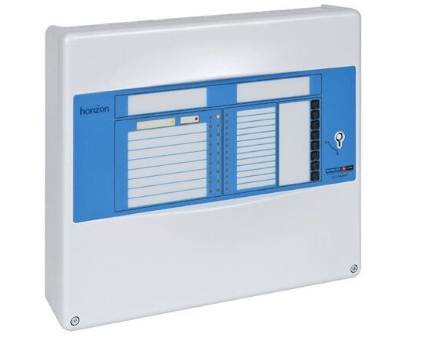
Overview:
- Features: The Honeywell Securitron system offers a reliable solution for small to medium-sized buildings. It includes smoke detectors, heat detectors, manual call points, and alarm sounders.
- Advantages: Easy installation, cost-effective, and robust performance. It has a user-friendly control panel with clear indicators.
- Applications: Suitable for small offices, retail stores, and residential buildings.
Product 2: Siemens FC922 Conventional Fire Alarm System
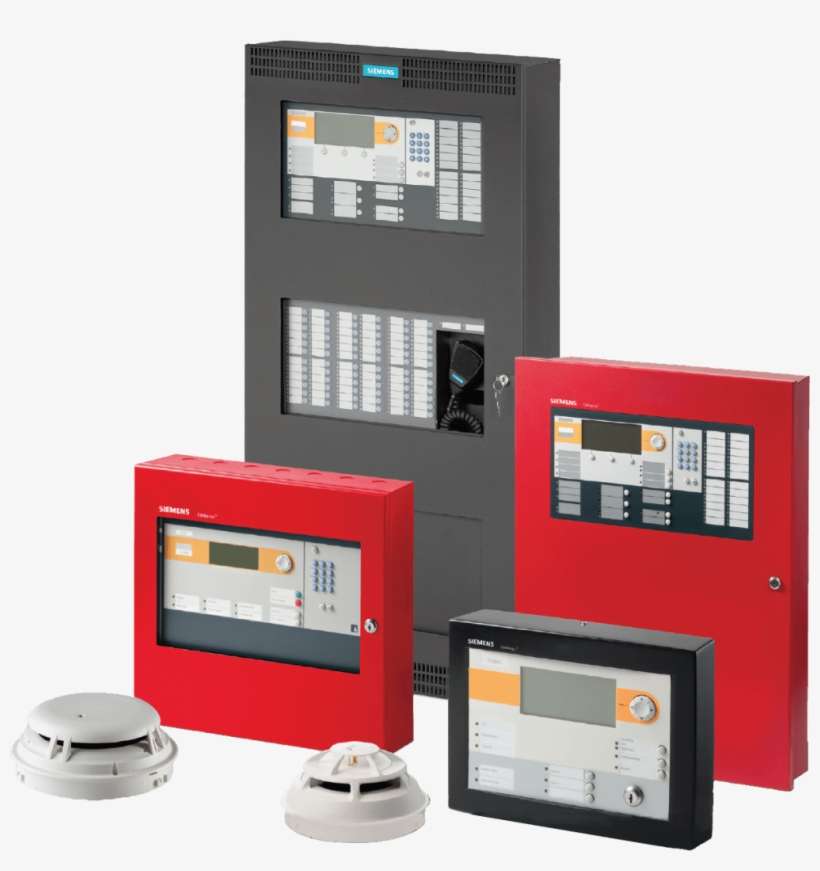
Overview:
- Features: Siemens FC922 is known for its reliability and durability. It includes advanced smoke and heat detectors, manual call points, and high-decibel alarm sounders.
- Advantages: High detection accuracy, easy maintenance, and compliance with international fire safety standards.
- Applications: Ideal for small to medium-sized commercial and industrial buildings.
Best Addressable Fire Alarm Systems
Product 1: Notifier by Honeywell NFS2-3030
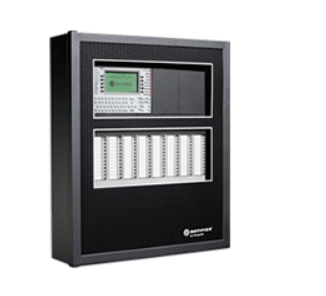
Overview:
- Features: The Notifier NFS2-3030 is a sophisticated addressable fire alarm system that provides precise fire detection and location identification. It supports a large number of addressable devices.
- Advantages: High scalability, advanced diagnostic features, and integration with other building management systems.
- Applications: Suitable for large buildings, such as hospitals, universities, and commercial complexes.
Product 2: Siemens Cerberus PRO
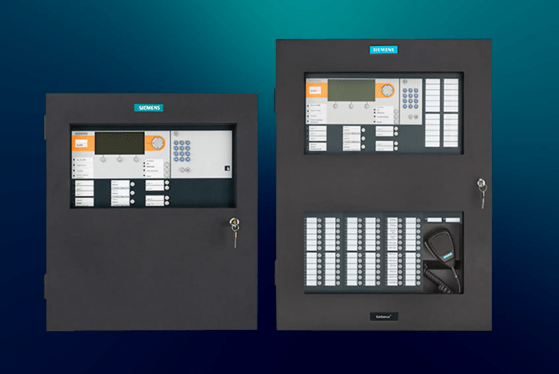
Overview:
- Features: Siemens Cerberus PRO offers comprehensive fire detection with addressable technology. It includes multi-sensor detectors, manual call points, and a highly intuitive control panel.
- Advantages: Excellent integration capabilities, high detection reliability, and ease of use.
- Applications: Ideal for large commercial buildings, educational institutions, and public facilities.
Best Wireless Fire Alarm Systems
Product 1: EMS FireCell Wireless Fire Alarm System
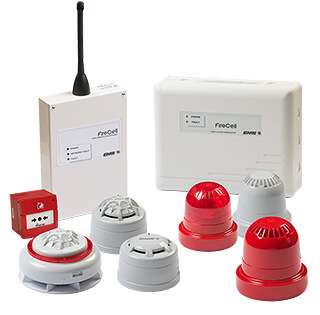
Overview:
- Features: The EMS FireCell system uses advanced wireless technology to connect detectors, call points, and alarm sounders. It is designed for quick and flexible installation.
- Advantages: No need for extensive wiring, easy to expand, and robust wireless communication.
- Applications: Perfect for historic buildings, temporary structures, and buildings where wiring is impractical.
Product 2: Hyfire Taurus Wireless Fire Alarm System
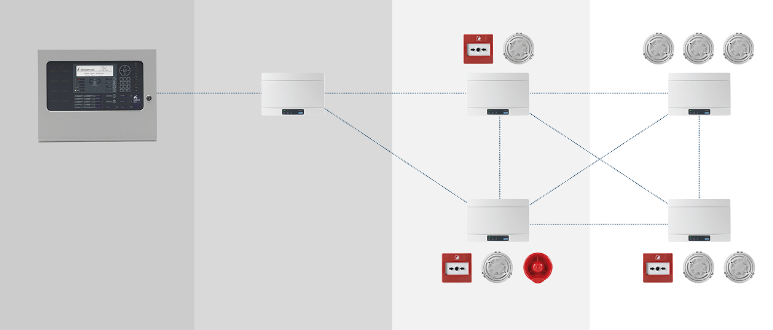
Overview:
- Features: Hyfire Taurus offers a high-performance wireless fire alarm system with reliable and secure communication. It includes smoke detectors, heat detectors, and manual call points.
- Advantages: Easy installation, long battery life, and high system reliability.
- Applications: Suitable for buildings with complex layouts, renovation projects, and listed buildings.
Best Hybrid Fire Alarm Systems
Product 1: Advanced MXPro 5 Hybrid Fire Alarm System
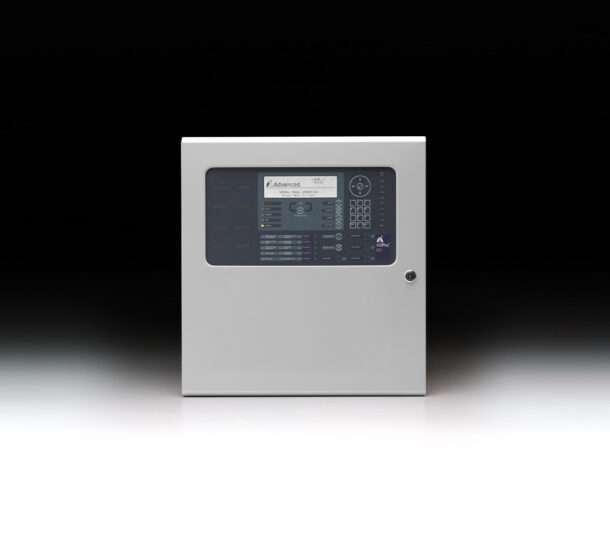
Overview:
- Features: The Advanced MXPro 5 combines wired and wireless technologies, offering flexibility and reliability. It supports a wide range of detectors and alarm devices.
- Advantages: Scalable, easy to integrate with other safety systems, and provides detailed diagnostics.
- Applications: Ideal for large and complex buildings, including commercial properties and mixed-use developments.
Product 2: Kentec Syncro AS Hybrid Fire Alarm System
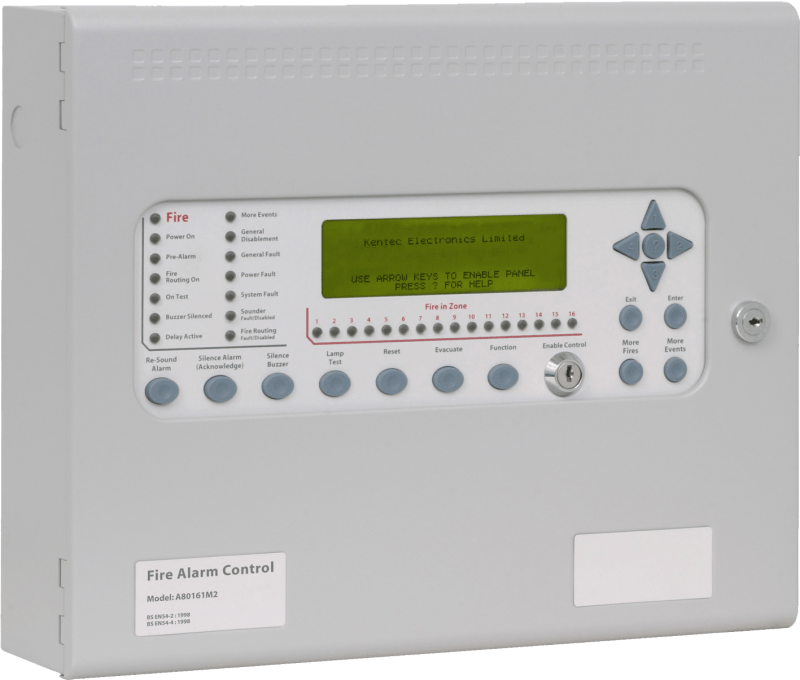
Overview:
- Features: Kentec Syncro AS is a versatile hybrid system that supports both addressable and conventional devices. It is designed for seamless integration and high performance.
- Advantages: Flexible installation options, high reliability, and user-friendly interface.
- Applications: Suitable for commercial buildings, educational institutions, and industrial facilities.
These recommendations provide a starting point for selecting a fire alarm system that meets your specific needs. Each system offers unique features and advantages, ensuring you can find a solution that provides optimal safety and compliance for your building.
Conclusion
Choosing the right fire alarm system for your building is a critical step in ensuring the safety of its occupants and the protection of property. By understanding the different types of fire alarm systems, assessing your building’s specific needs, considering cost implications, and selecting a reputable provider, you can make an informed decision that balances safety, functionality, and budget.
Final Thoughts on Ensuring Safety
Ensuring the safety of a building’s occupants goes beyond simply installing a fire alarm system. Here are some final thoughts to keep in mind:
- Regular Maintenance and Testing:
- Importance: Regular maintenance and testing are crucial to ensure that the fire alarm system functions correctly and reliably. Schedule periodic inspections and testing to detect any faults or issues early.
- Compliance: Adhering to maintenance schedules helps comply with local fire safety regulations and standards, reducing legal liabilities.
- Upgrades and Expansion:
- Adaptability: As your building’s needs change, ensure that your fire alarm system can be upgraded or expanded. Modern systems, particularly addressable and hybrid ones, offer scalability to accommodate new areas or additional safety features.
- Technology Advances: Stay informed about technological advances in fire detection and alarm systems. Newer technologies can offer enhanced detection capabilities, integration with smart building systems, and improved user interfaces.
- Training and Drills:
- Occupant Training: Educate building occupants on fire safety procedures, including how to respond to fire alarms and evacuate the building safely. Regular fire drills can reinforce these procedures and ensure everyone knows what to do in an emergency.
- Staff Training: Ensure that staff responsible for managing the fire alarm system are well-trained. This includes understanding the system’s operation, conducting routine maintenance, and responding to alarms.
- Emergency Planning:
- Comprehensive Plans: Develop comprehensive emergency plans that outline the steps to take during a fire emergency. This includes clear evacuation routes, assembly points, and communication protocols.
- Coordination with Authorities: Coordinate with local fire authorities to ensure that your emergency plans are aligned with their procedures. Regular communication and collaboration can enhance overall safety and response effectiveness.
- Continuous Improvement:
- Feedback and Evaluation: After any fire drill or actual emergency, gather feedback and evaluate the response. Identify areas for improvement and update your safety procedures and systems accordingly.
- Proactive Approach: Adopt a proactive approach to fire safety. Regularly review and assess potential risks, and take steps to mitigate them before they become serious threats.
By following these guidelines and making informed choices about your fire alarm system, you can significantly enhance the safety and security of your building. Investing in a reliable fire alarm system and maintaining a strong focus on fire safety practices will provide peace of mind for you, your occupants, and your stakeholders. Remember, the right fire alarm system is not just a regulatory requirement but a vital component of a comprehensive fire safety strategy.


